Kinderdijk
Kinderdjk
11 x 14″
Oil on Linen
Kinderdijk. A Plein air painting of the Unesco Heritage Site outside of Rotterdam, Netherlands.
Price includes free shipping within the Continental United States
$1,200.00
Oil on Linen Panel
11 x 14”
June 2023
Painting en Plein air at Kinderdijk is the perfect example of the dilemma of a traveling painter. Each new experience is a tug-of-war between grabbing your easel and spending time looking around. Painting en Plein air is the best way to really get to know a place.
Kinderdijk, a UNESCO World Heritage site, is iconic Holland — where, since the beginning of time, the Dutch have moved water to clear land. Here’s what I learned when I returned to the studio after painting Kinderdijk en Plein air. (I would have learned all this if I had been a tourist that day.) Instead, I painted my brains out — and I am glad I did.
The People of the Netherlands brilliantly designed and constructed these hydraulic works to drain land for agriculture and settlement. These amazing alternative energy machines were developed in the Middle Ages. Hydropower has existed for a very long time.
Painting en Plein air in Kinderdijk was a bucket list experience while on a painting trip to Holland, Spain, and France with dear friends. After spending a week in Amsterdam, we took the train to Rotterdam. Kinderdijk is a short Uber ride away. This was a beautiful, warm day in June. Painted right next to the ice cream truck.
All Kinderdijk windmills are watermills—used for draining water. Each windmill has four blades to convert wind into power to lift water. Sails are stretched over the blades, adjusted according to wind speed, and removed during heavy storms.
The windmill’s sails must face the wind before it is put to work. The triangular bars at the top are connected to the windmill's cap. Chain is attached to posts surrounding the windmill. Turn the steering wheel, and you will wind the chain around the axle — and rotate the windmill's cap, thus moving the sails into the wind.
A series of gears scoop the water. The amount of water moved depends on the difference in level heights, the wind, and the amount of sails set. Two rotations of the blades make one rotation of the scoop.
So, I could have spent the day as a tourist — but — painting was so rewarding. I am going to research more BEFORE I go next time!
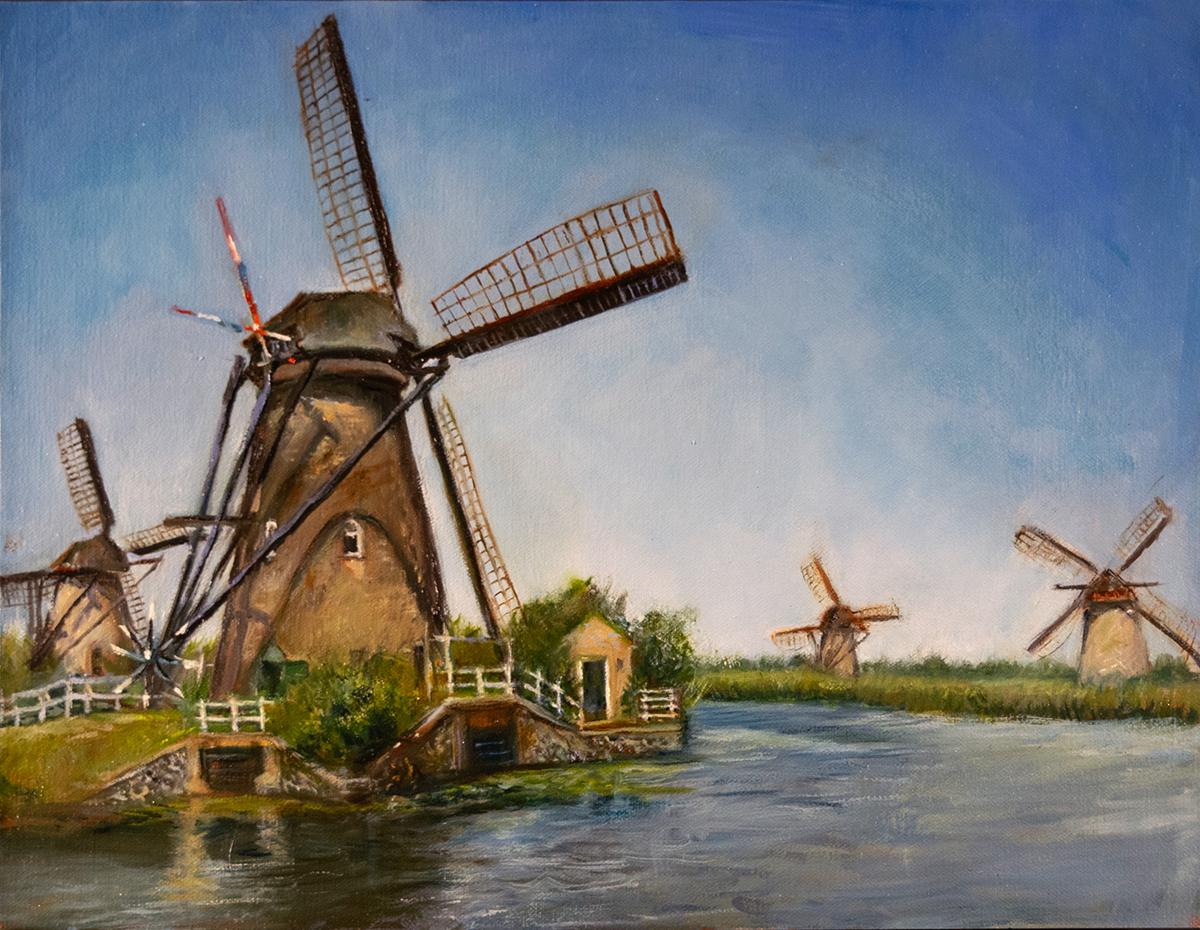
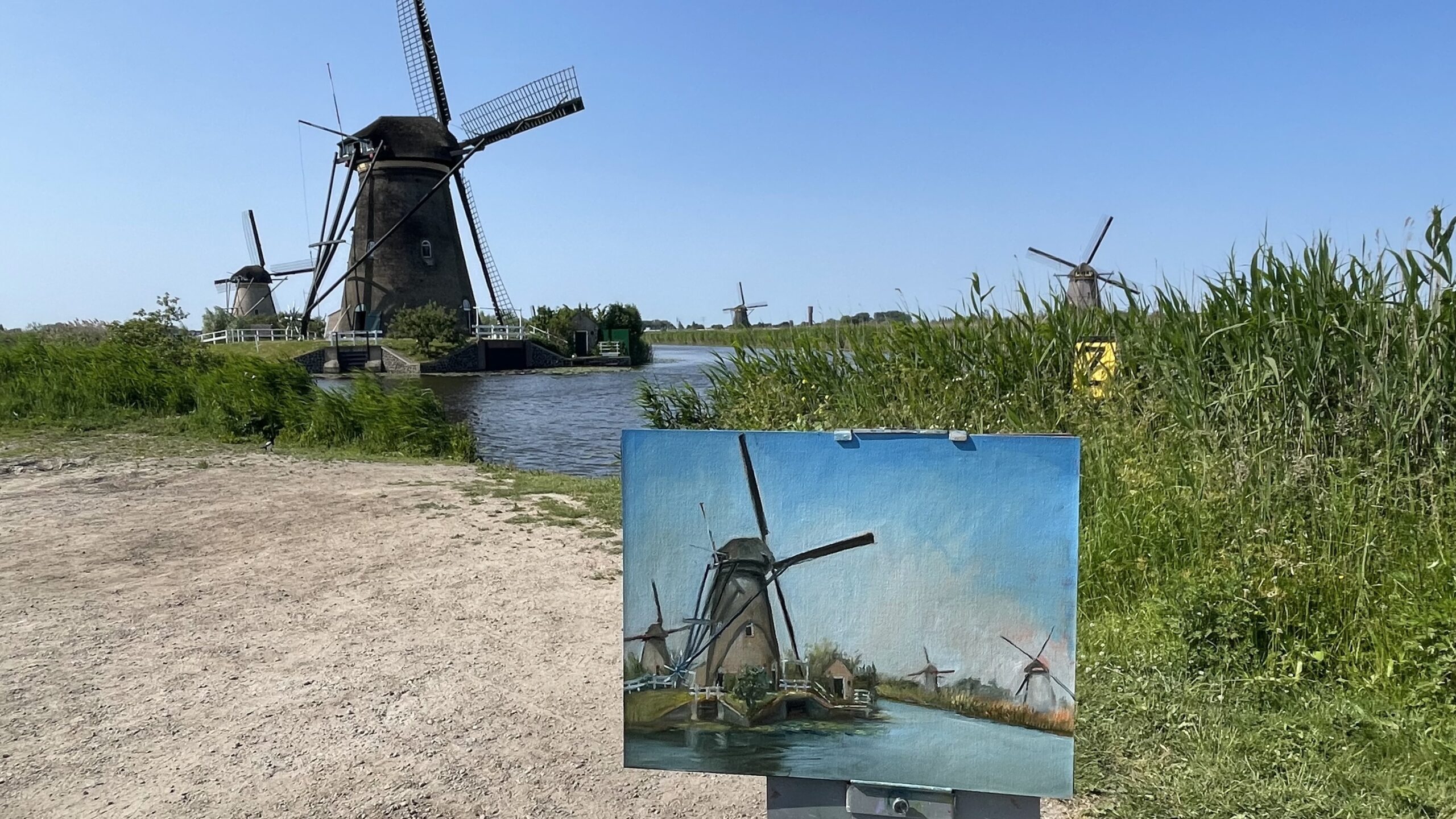
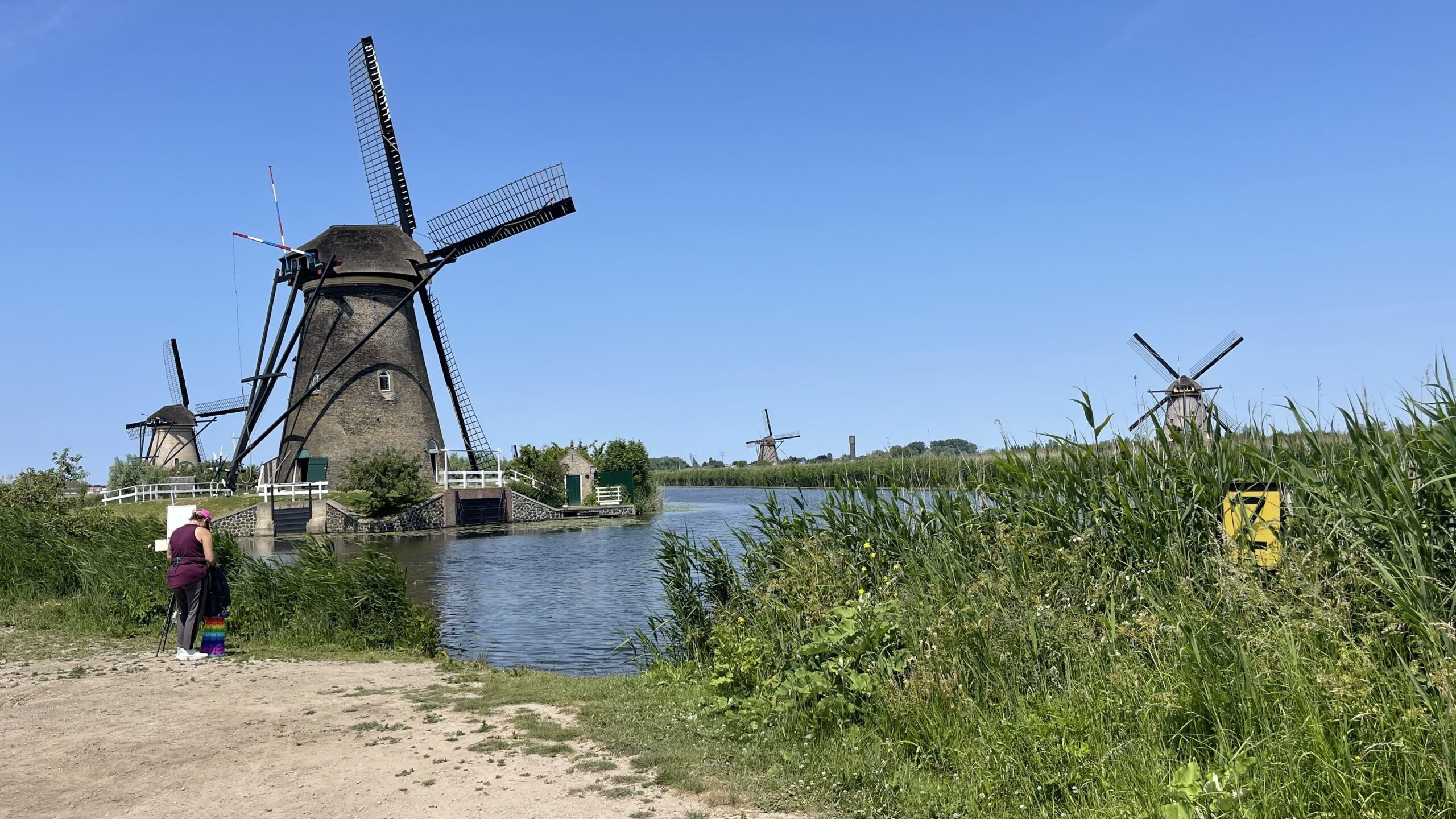
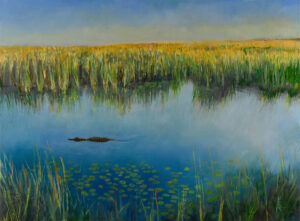

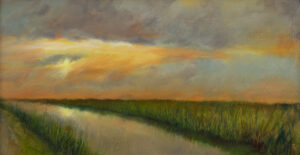

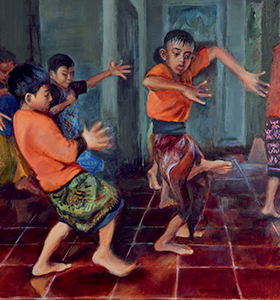
Reviews
There are no reviews yet.